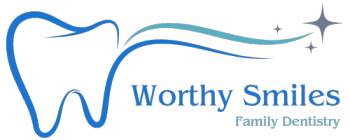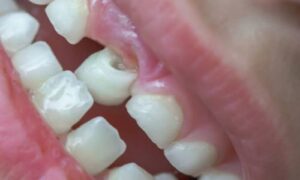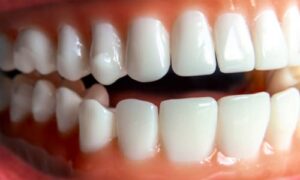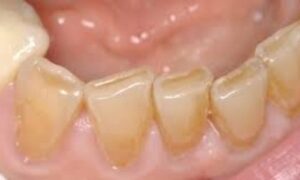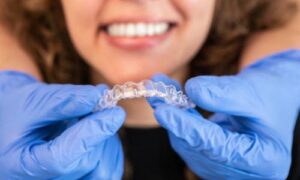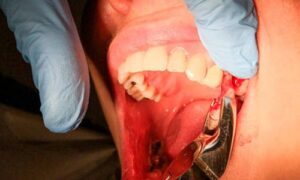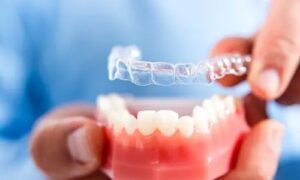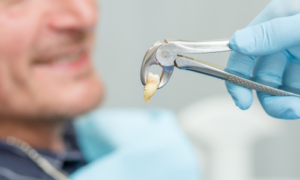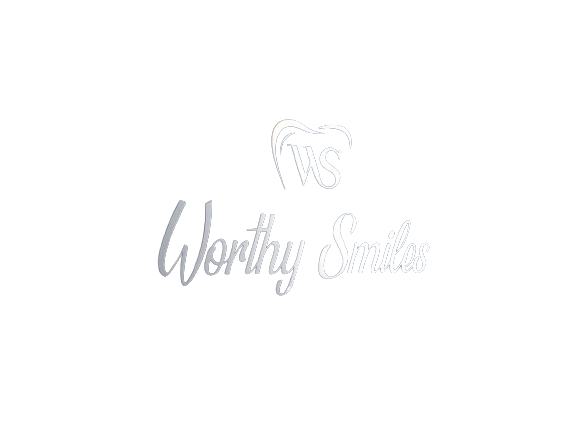The dentistry sector is presently going through a period of fast expansion. With several new trends and advancements appearing in the last few years, the dental care business is expanding quickly. In 2020, the dental company was worth $15 billion; by 2027, it is expected to grow twofold.
Learn more about the future of oral treatment in the following paragraphs.
The COVID-19 Pandemic’s Effect on the Dental Industry
Considering previous trends and their effects is crucial when forecasting the newest trends. The early phases of the epidemic were anticipated to present many difficulties for dentistry offices. The Health Policy Institute predicted a 20% decrease in dentistry expenditure by 2020.
Nevertheless, the actual situation was much more manageable, with a 6% decrease in income. In reality, the American Dental Association (ADA) stated that more than 60% of offices were open—and busy—as of October 2021. Despite the epidemic being a barrier, these new patterns indicate that the dentistry business will experience significantly more development in 2022.
The Top 7 Dental Trends
The main patterns that you should watch out for are listed below.
1. Practicality
Dentistry is no exception to the recent emphasis on customer efficiency and satisfaction in healthcare. Although not a technological advance, it is essential to recognize the growing importance of ease. Today’s patients have various choices when selecting healthcare practitioners, so it makes sense to choose the one that is the simplest and most convenient.
For instance, extended office hours, online purchases, extra services, and online platforms for scheduling meetings and completing paperwork all work to enhance the customer experience.
2. Psychological Dentistry
Emotional dentistry is one of the most intriguing trends to emerge recently and is related to ease. Dynamic dentistry, as the name implies, emphasizes the emotional and mental components of dental in addition to the physical ones. Emotional dentistry employs novel methods and technology to generate simulated pictures of the patient looking after the operation. Additionally, this can assist individuals in selecting the finest treatment for their needs.
In aesthetic dentistry, urgent care, and braces, emotional dentistry has notably enhanced the patient experience. When correctly applied, it can help them relax and boost their trust in their decision-making.
3. Teledenturism
One of the more significant trends emerging from the epidemic is telehealth, which is here to stay. Teledentistry may have some drawbacks, such as the absence of direct treatment, but it also has several advantages.
How Teledentistry is Changing the Way We Practice Dentistry | Dr Brian Harris – Bing video
For the 20% of Americans who reside in remote regions and struggle to receive treatment, teledentistry makes it possible. When identifying holes and outlining a course of action, teledentistry is just as efficient as in-person appointments.
4. 3D printing
From 2021 to 2028, the worldwide 3D industry is projected to grow by 21%. Due to ease and reduced prices, 3D printing will be able to play a much larger part in dentistry offices as it moves closer to becoming more widely accepted. The production of bespoke prostheses, caps, invisible tooth spacers and other items is significantly sped up by 3D printing, which uses materials like plastics.
As 3D technology develops, more potential uses are becoming apparent, with general dentistry, implantology, and prosthodontics benefiting.
5. Dental lasers
Laser dentistry is one of the most significant developments in dentistry, along with 3D printing. In some instances, laser dentistry can even replace dental tools to extract or restructure tissue, fill holes, and perform other procedures. Before the invention of laser dentistry, operations like cavity filling and gingival restoration needed intrusive and frequently excruciating methods.
Sutures are no longer necessary thanks to relatively invasive dental surgery made possible by laser dentistry. Additionally, it permits less haemorrhaging, minimal to no discomfort, quicker recovery, and a decreased chance of illness.
6. Coverage that Requires a Subscription
Many individuals avoid receiving treatment because of the high degree of financial obstacles in dentistry. In actuality, 69% of individuals who do not get oral treatment do so because they cannot afford it. Finding a clinic that accepts a patient’s insurance plan can be challenging, even for those with dental insurance.
Subscription dentistry insurance can help with that. For a yearly or monthly fee, subscription services can pay for cleanings, x-rays, restorations, and operations. Both customers and dentistry facilities benefit from subscription plans, which according to studies, 83% of buyers favour.
7. Standardized Procedures
Only 50% of dentists presently operate single offices, a number that is steadily declining. The typical dentistry school recipient owes about $30,000 in student loan debt, which may be one factor.
Individual dentists may also need help to finance the expenses of starting and running a dental business. These issues can be resolved while ensuring a fully-stocked dental office with the aid of group dentistry.
Overview
Most of these trends are geared towards enhancing patient care and overall experience, including ease, accessibility, cost, and cutting-edge therapies. Additionally, the area of dentistry is seeing a lot of technical advancements. Even though dental was not the first profession to use new technology, it will soon be flooded with cutting-edge procedures.
How To Recover Quickly From A Root Canal Procedure (worthysmiles.com)
